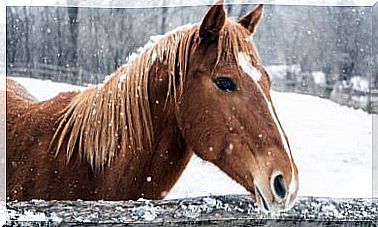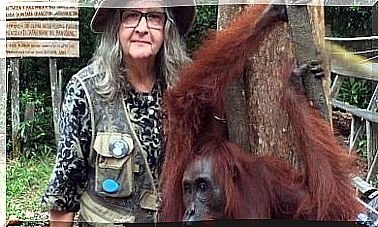Dinosaur Remains With Giant Thorns Have Been Discovered
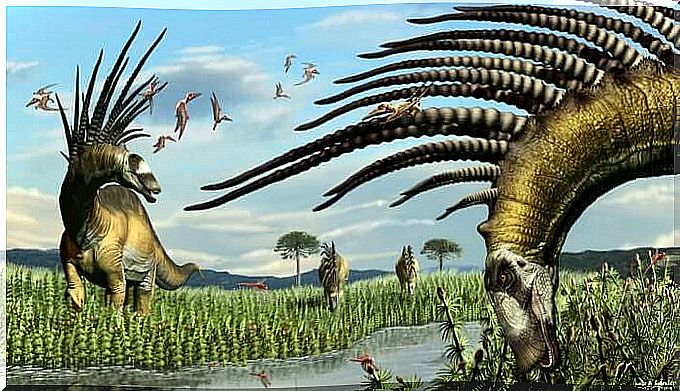
A new species of herbivorous dinosaur was discovered in Patagonia Argentina. The remains found are responsible for the existence, 140 million years ago, of a species of dinosaurs with thorns that inhabited the lands in the south of that country. The name given to this variety is Bajadasaurus pronuspinax .
Those responsible for the discovery were scientists from the Fundación Azara-Universidad de Maimónides y del CONICET (National Council for Scientific and Technical Research of Argentina). The species would be large reptiles with long spines, which they used to avoid attacks from predators.
General characteristics of spineless dinosaurs
The details and characteristics of Bajadasaurus were published in Scientific Reports . The skeletal remains found are included in the group of sauropods. The new specimen would, therefore, be related to Aragosaurus and Brachiosaurus, two of the greatest ancient inhabitants of the planet.
Specifically, the discovery of dinosaurs with thorns took place in a geological formation in the province of Neuquén, called ‘Bajada Colorada’. As with every archaeological discovery, scientific questions are rephrased to create new questions.
In this case, the ownership of thorns is compared to the camouflage property of chameleons and, in general, of those animals that evolved to their own defense mechanisms. The pronuspinax , on the other hand, have developed a complete system of long, sharp thorns around the back and neck.
The dimensions of this new discovered species reached nine meters in length. The spines were nothing more than a continuity of the animal’s own vertebrae. In addition to serving as a camouflage, this feature provided a powerful defense mechanism, thanks to tough covers that covered the bumps.
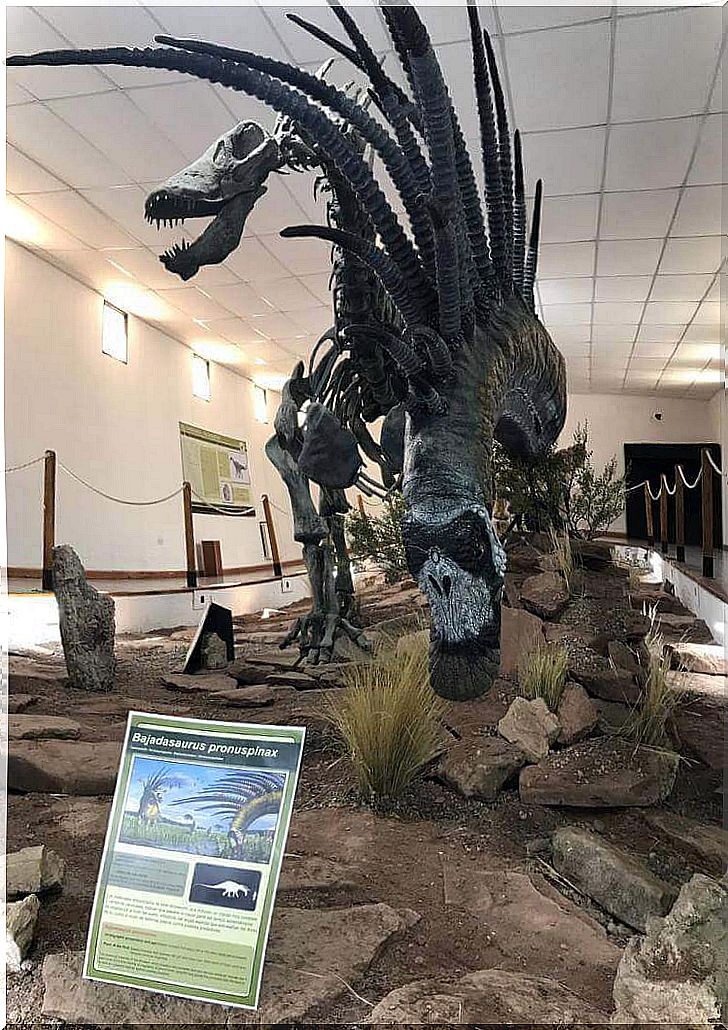
How was the discovery?
The Bajada Colorada research team has been conducting expeditions in the area since 2010. The search engine was the discovery of certain remains of bone chips that indicated the pattern of the existence of fossil remains. Since then, the hope of finding a new species of dinosaur has mobilized scientists.
140 million years ago, this sector of Patagonia was covered by pastures in a relatively dry climate. The temperature was hot, similar to the African savannahs.
The difference between species was the vegetation. The plants consisted of conifer bushes, ferns, ponytails, and varieties of those that were the first flowers. There was a river that, curiously, sailed in the opposite direction to the present one, that is, towards the Pacific.
It is believed that, thanks to the current of water and a unique “river elbow” situation in this area, the remains of several animals have reached the region. In Argentina, approximately 250 species of dinosaurs have been found.
Most of these dinosaurs lived in the province of Neuquén. In fact, the first dinosaur from Latin America was discovered in this region in 1882.
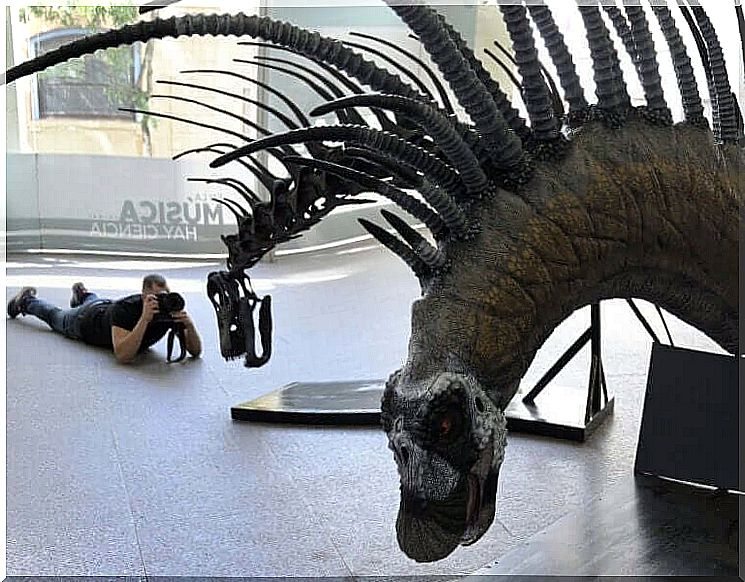
What were the spineless dinosaurs like?
The jaws of these reptiles were 30 centimeters long. This suggests that they fed on small plants, at ground level. However, because of the shape of the eyes, very close to the skull, they were able to control what was happening around them.
The director of research at CONICET, Pablo Gallina, says that dinosaurs with thorns are especially important for archeological science . The etymology of the name means Bajada due to the location of the discovery; saurus , for being lizards; pronus , referring to its forward inclination; and spinax , for its thorns.
Until now, several ‘deterrent mechanisms’ have been known for predators of long-necked herbivorous dinosaurs. The Bajadasaurus pronuspinax , in turn, with its neck of up to 2.5 meters, used its spines as camouflage and defense.
After all the data collected, we came to truly surprising conclusions. In this sense, the “cover” of creatine draws the attention of scientists, with a resistance similar to that of the horns of certain mammals.
In short, dinosaurs with thorns open the door to speculation and scientific knowledge. With gigantic dimensions, this species can be framed together with the largest herbivores on the planet.
